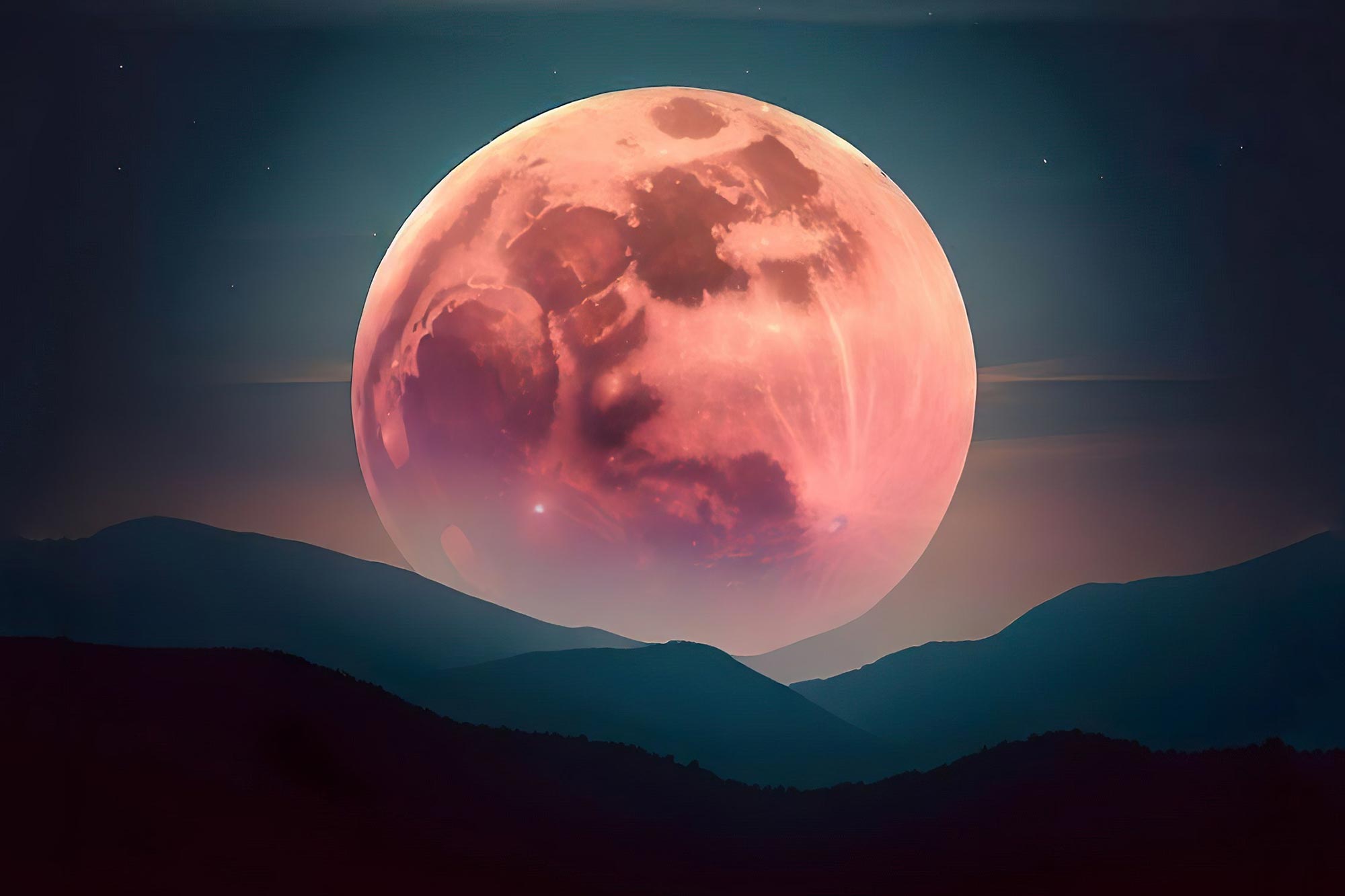
Get ready for a celestial treat as the Strawberry Moon graces the night sky on June 21, 2024. This full moon, also known as the Rose Moon or Mead Moon, coincides with the summer solstice and marks the beginning of harvest season for strawberries in many regions.
The Algonquin tribes of North America named this moon after the wild strawberries that begin to ripen during this time. The name does not refer to the color of the moon itself, but rather its association with the seasonal fruit harvest.
This year's Strawberry Moon is a special one as it coincides with the summer solstice, which marks the longest day of the year and officially welcomes summer. The moon will appear full for about three days around June 21, from Thursday evening through Sunday morning.
Skywatchers in various parts of the world can look forward to witnessing this beautiful lunar event. In North America, it will be visible on the night of June 21. From Greenland and Cape Verde time eastward across Eurasia, Africa, and Australia to the International Date Line in the mid-Pacific, it will be Saturday.
Apart from the Strawberry Moon, several other celestial bodies will be visible during this lunar event. Jupiter and Mars are expected to make an appearance alongside Deneb and other stars. Keep an eye out for these planets and stars as they add to the beauty of the night sky.
As you prepare to witness this stunning astronomical event, remember that it's essential not to rely on a single source for information. Cross-reference your sources and ensure that all facts are accurate and unbiased. Happy stargazing!




